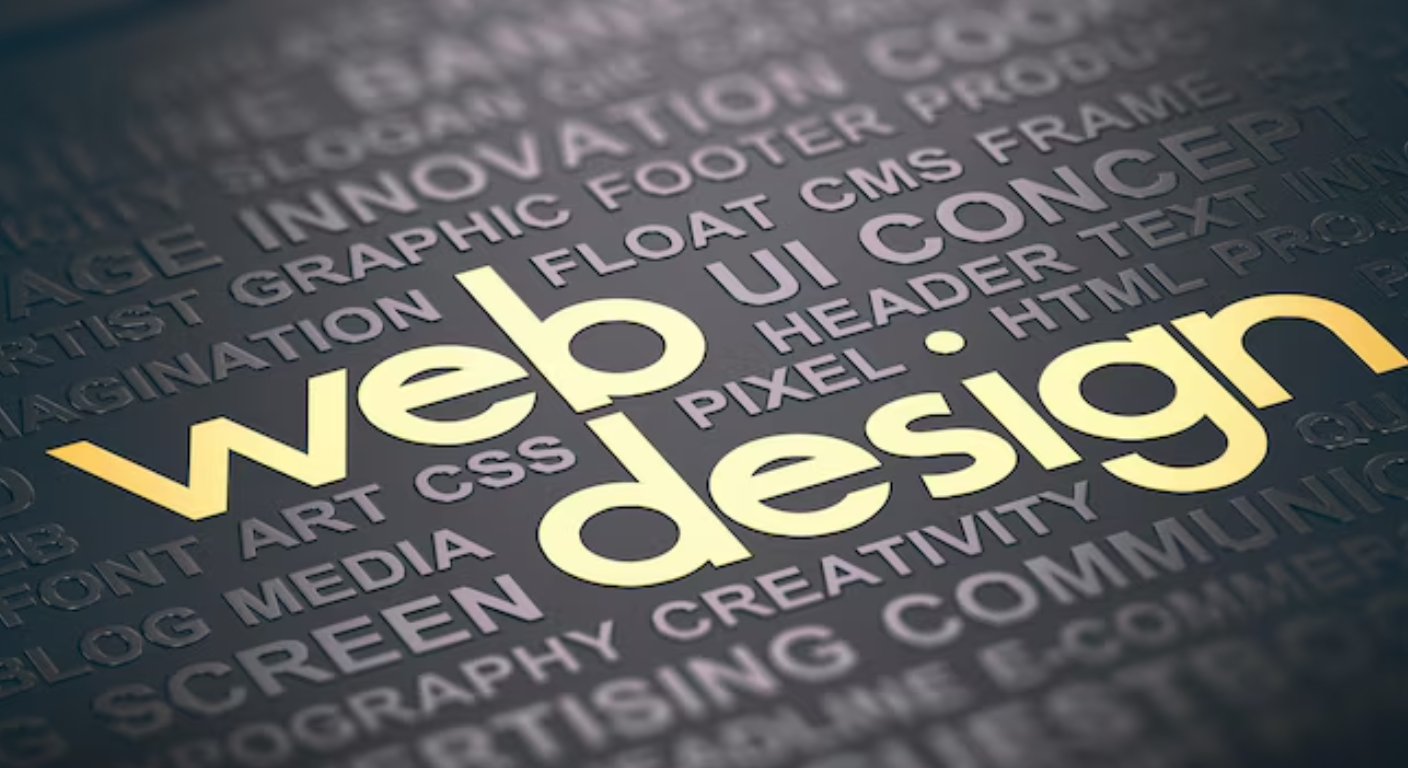Typography is more than just picking pretty fonts—it’s a key pillar of user experience. The way text is presented affects how easily users can consume content, follow instructions, and engage with your site. A well-thought-out typography system increases readability, builds trust, and enhances visual harmony. This blog explores best practices for using typography effectively in website design.
1. Start with Legible Web-Safe Fonts
Always prioritize legibility. Choose fonts that are clean, balanced, and readable across all screen sizes. Sans-serif fonts like Roboto, Open Sans, and Lato are popular for body text. Avoid overly decorative or script fonts for large blocks of text, as they strain the eyes and hurt readability.
2. Establish a Clear Font Hierarchy
A hierarchy helps users scan and understand your content easily. Define font sizes and weights for headings, subheadings, body text, and captions. Use H1 for the main title, H2 for sections, and so on. A visual hierarchy guides the reader's attention and improves the flow of information.
3. Stick to 2–3 Fonts Maximum
Using too many typefaces can make a website look chaotic and unprofessional. Limit your design to one font for headings, one for body text, and possibly a third for accents. This keeps your design consistent and cohesive. Choose fonts that complement each other stylistically.
4. Maintain Proper Line Spacing and Height
Line height affects how easy it is to read text. Too little space and words feel cramped; too much and your text feels disconnected. Aim for 1.4 to 1.6 times the font size for body text. Adequate spacing improves readability, especially on mobile and smaller screens.
5. Ensure Sufficient Color Contrast
Typography should be readable on all devices and under various lighting conditions. Choose text and background color combinations with strong contrast. Black text on a white background is standard for clarity, but dark gray or navy can also work well while being easier on the eyes.
6. Use Responsive Font Sizes
Your typography should adapt to different screen sizes. Use relative units like em, rem, or percentage-based sizes instead of fixed px values. Responsive typography ensures that text remains legible on smartphones, tablets, and desktops, providing a consistent user experience across devices.
7. Avoid Justified Text Alignment
While justified alignment looks neat in print, it often causes awkward spacing in web design. Stick to left-aligned text for body content to enhance readability. Left alignment creates natural word spacing and improves scanability, especially for longer paragraphs.
8. Consider Line Length and Readability
The ideal line length for body text is between 50 and 75 characters. If lines are too short, the text feels choppy. If too long, users struggle to follow from one line to the next. Combine proper line length with good spacing to maximize reading comfort.
9. Use Font Weights Strategically
Varying font weights (light, regular, medium, bold) adds emphasis and improves visual flow. Use bold text for headings, subheadings, or to highlight keywords. Avoid using bold and italics together, and reserve heavy font weights for emphasis without overusing them.
10. Test Fonts Across Browsers and Devices
A font may look perfect on your monitor but appear broken on someone else’s device. Always test your typography across multiple browsers and devices. Use fallback fonts in your CSS and load web fonts properly using services like Google Fonts or Adobe Fonts to ensure consistency.
Conclusion
Typography is one of the most overlooked yet critical components of web design. By applying font best practices and focusing on readability, designers can ensure a better experience for users. Thoughtful use of hierarchy, spacing, and typefaces brings harmony to your layouts and increases the impact of your message.





